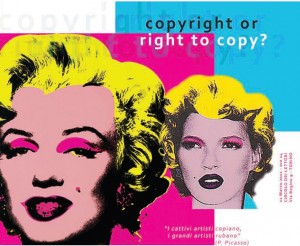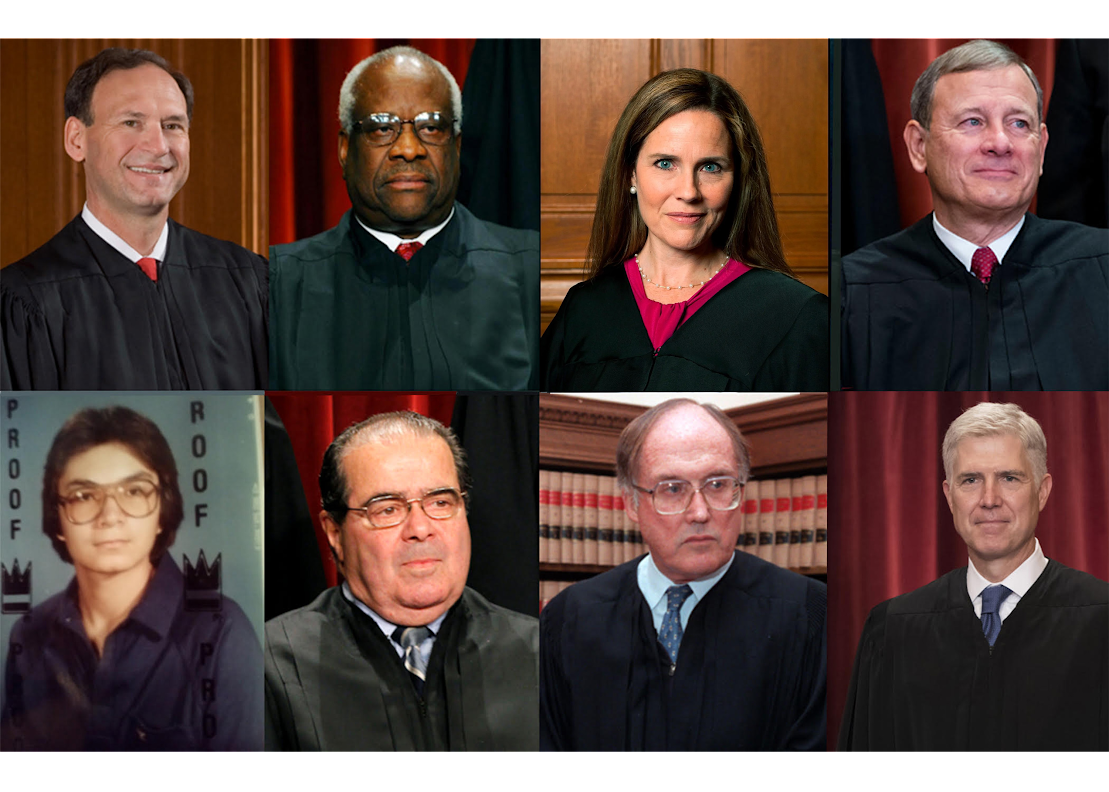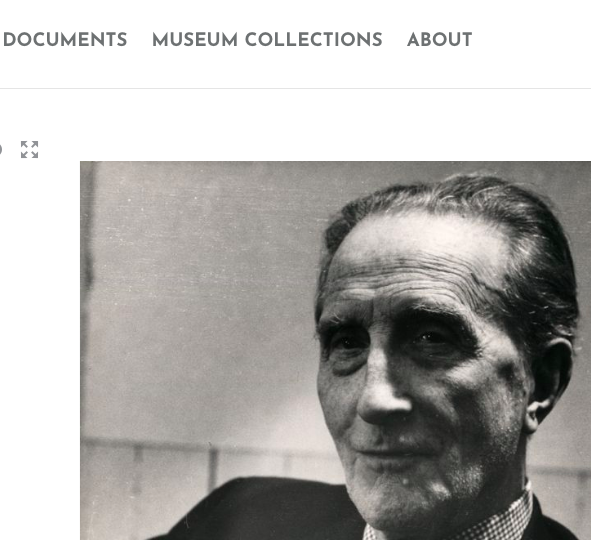Ingrid Homberg, the 59-yr old woman who alleges she was dragged by a NYC cop inside of the Gagosian Gallery on December 18, 2010, filed suit against NYC, Gagosian Gallery, and some Gagosian employees, seeking unspecified damages for actions Homberg alleges include “debasement, fright, fear, humiliation, embarrassment, psychological and emotional trauma, [and] physical and mental injury.” According to Artinfo, Homberg’s lawyer is “optimistic that Gagosian would settle before the case went to court.”
Some background on this story here and here.
Via The New York Post. Artinfo has a bit more on this story here.

Or perhaps more importantly, reading them. I was just talking about release forms during last night’s Law School for Visual Artists class, and used Richard Prince’s Spiritual America (image of 10-yr old Brooke Shields) as an example. I only wish I had known about this gem of a story.
It seems that the mother of a 6-yr old is now having second thoughts about taking her daughter to a modeling agency.What happened to mommy’s 6-yr old? There’s a billboard that sits in New York City, above Sixth Avenue in SoHo, that reads “The most dangerous place for an African American is in the womb.” It has a picture of mommy’s 6-yr old behind the text and a link to a website. The billboard belongs to the anti-abortion group, Life.
Unlawful? Probably not. A model release form was signed by the mother, granting the modeling agency certain rights to the use and licensing of the image. We haven’t read the release form, but most “good” release forms grant the holder of the release a diverse and long list of rights to the image. A good example of course is the now-classic model release form for Borat, the film.
Taste and politics aside, a valid and binding contract is just that, a valid and binding contract. Via Fox News.
UPDATE: February 24, 2011
The controversial billboard is…going…to…come…down!

Avid Clancco reader and art law attorney Elisa Vittone just e-mailed us with information concerning a conference on copyright and contemporary art, which she claims is the “first conference in Italy concerning the relationship between Contemporary Art and Law.” Among the participants are the Director of Artissima, the Curator of the Musée d’Art Moderne de la Ville de Paris, the Director of Contemporary Art Department of Christie’s, the Head of Hogarth Chambers London, the President of Turin Court of Appeal. The conference, Contemporary Art and Copyright: Copyright or right to copy?, will take place on March 11, 2010, in Turin, Italy.
From the press release:
In 2010, the National Gallery, London and the Musée d’Art Moderne de la Ville de Paris organised exhibits, which called concepts of uniqueness, originality and authenticity into question.?How can the law settle this? How far is artists’ freedom willing to go? Does a uniform application of resale right really operate in the EU? ?What impact will the Dalì decision of the European Court of Justice have in the EU State Members? For the first time, SIAE (Italian collecting society) and DACS (the English one) will talked about the much-discussed resale rights discipline in EU.
Program information below!
Read the rest of this entry »
February 23rd, 2011 by Sergio Muñoz Sarmiento in
Criminal
Today.
Burglars have pilfered artwork from a Southampton home owned by the widow of a former city political power broker and, in the French island of Corsica, a bizarre story unfolded early Saturday morning when a security guard, Antoine Mocellini, stole four artworks and held them for ransom, demanding that authorities provide him with a place to live. But when he led police to his car, where he said he had stashed the works of art, it had been broken into and the works had disappeared.
This one warms my heart.
An artist trying to install mural paintings in Greenwood Lake, NY was stopped by a local ordinance, which cited that “[t]he creation and or display within the Village of Greenwood Lake of public art is prohibited.” Yes, this isn’t Texas for all you Southern haters. This is New York State.
On Feb. 6, the artist, Melanie Gold, put up three six-and-a-half-foot square artworks. Consequently, the building owner was issued a $25 fine and told to take it down by Feb. 22 or risk imprisonment or more fines.
What did Gold do? What every good American does at this point: sue. She contacted Volunteer Lawyers for the Arts. Through VLA, lawyers from the firm of Robins, Kaplan filed suit in federal court on Tuesday, accusing the village of violating her right to free speech and promulgating an unconstitutional and impossibly broad ban on artistic expression. Stay tuned for the outcome. [Full disclosure: I am the associate director of VLA.]
Via the paper of record.
February 20th, 2011 by Sergio Muñoz Sarmiento in
Copyright
If only Shepard Fairey had been this astute. About a year ago I wrote about how the copyright to the iconic Che Guevara image was being used to protect it from crass commercial use (Can Copyright Lawsuits Be Used To Protect Meaning?)
Now we hear that Irish artist Jim Fitzpatrick is seeking to do the same with his rendition of Alberto Korda’s black and white photograph. Is this Shepard Fairey v Associated Press all over again?
Not exactly. Fitzpatrick is seeking to obtain full copyright to his image, and then transfer it to Korda’s daughter.
Via Artdaily. Thanks to a loyal Clancco reader for the lead to this one!

This is a couple of weeks old, but still worth mentioning, especially with the increase in censorship and silencing of speech in the last few months.
Last month, Martha T. Nesbitt, president of Gainesville State College, had an adjunct art instructor’s painting — dealing with themes of racism and violence in American history — removed from a faculty art show. The painting depicts a Klansman and a lynching superimposed on a Confederate battle flag.
According to Insider Higher Ed, Nesbitt defended her actions.
“Sometimes a president has to make difficult decisions,” said Nesbitt in an official statement. “First and foremost, I have to consider the impact of an action on the health and reputation of the institution. In this instance, I made a judgment call that the negative results would outweigh the positive ones.”
The National Coalition Against Censorship reports that the painting drew protests spurred by a post on Southern Heritage Alerts.
Insider Higher Ed has more here.










